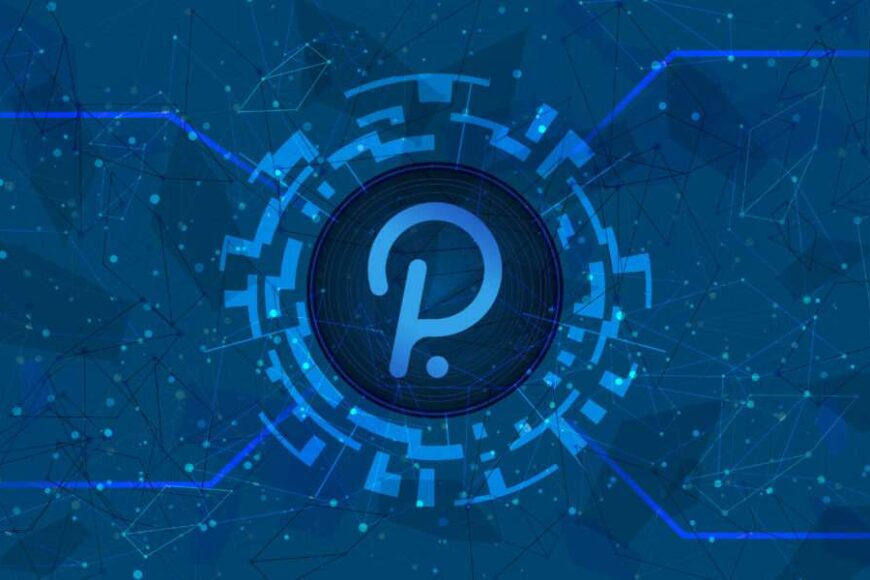In most cases, early blockchains operate independently on their own network. However, Polkadot aims to create a network of blockchains that are interconnected and can communicate with each other. The goal of creating a decentralized web of blockchains. Let’s explore what this really means, how Polkadot implements it and what this means for crypto holders.
Read more: Polkadot ExplainedPolkadot is a “multi-chain” network developed by Gavin Wood, co-founder of Ethereum. It is designed to connect the “dots” between blockchains. This differs from chains such as Ethereum or Bitcoin that operate solely on their own network. There are “Layer 2” solutions built on top, but the core network does not natively support connected blockchains. What this means is Polkadot provides a framework, a sort of “toolbox” for blockchains developers. Think of this as Javascript for web browsers. Many different browsers have agreed upon the Javascript ECMASCRIPT standard and all run this to allow websites and apps to communicate. The same way a blockchain developer building a Dapp or service can “opt-in” to the Polkadot standard. Polkadot abstracts away all the complicated work of dealing with transaction mining and security while letting the developers focus on their Dapp.
Polkadot aims to be the standard that developers can agree on, the same way Javascript was agreed upon for web browsers and is still widely used today. Instead of developers building competing networks, agree on a standard and build on top of the existing Polkadot network while inheriting all of the built in features.
Blockchains can connect to Polkadot as “parachains”. This means they are operating in parallel with the network. Allowing the connecting chain to inherit the proof-of-stake consensus mechanism and built in security. The network provides a “relay chain” in which all transactions are checked and the incoming data is standardized. This means all chains can communicate once the relay chain has processed the data. However, connecting chains can still maintain their own implementations when it comes to security, tokens and dapps providing flexibility.
Polkadot aims to solve the problem of scalability with it’s proof-of-stake implementation allowing for cheap, fast and secure transactions. Governance token (DOT) holders can make decisions based on their stake, on which improvements or upgrades the network should adopt. Holding the native token can provide up to a 12% APY just by staking the coins on the network.
In conclusion, Polkadot aims to be the “engine” that drives blockchain innovation and interoperability. The layer that all blockchains can connect to as parachains and can communicate with each other.

